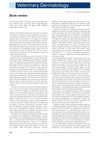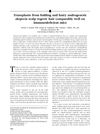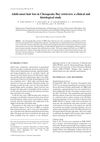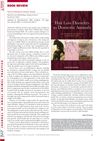Study of the Behavior of Lesional and Nonlesional Skin of Canine Recurrent Flank Alopecia Transplanted to Athymic Nude Mice
July 2013
in “
Veterinary dermatology
”
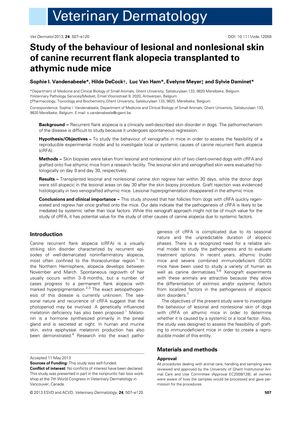
TLDR Dog skin with hair loss, when transplanted to mice, regrew hair, suggesting the hair loss cause is likely body-wide, not skin-specific.
In the 2013 study, skin biopsies from lesional and nonlesional areas of two dogs with canine recurrent flank alopecia (cRFA) were transplanted onto five athymic nude mice. The aim was to determine if cRFA was caused by systemic or local factors and to explore the potential for a reproducible disease model. The results showed that both types of grafts regrew hair within 30 days, despite the donor dogs maintaining alopecia in the lesional areas. Two of the mice experienced graft rejection. The loss of lesional hyperpigmentation in the mice suggested that cRFA's pathogenesis is likely systemic. The study concluded that while the xenograft model might not be ideal for studying cRFA, it could be useful for researching other systemic causes of canine alopecia.
